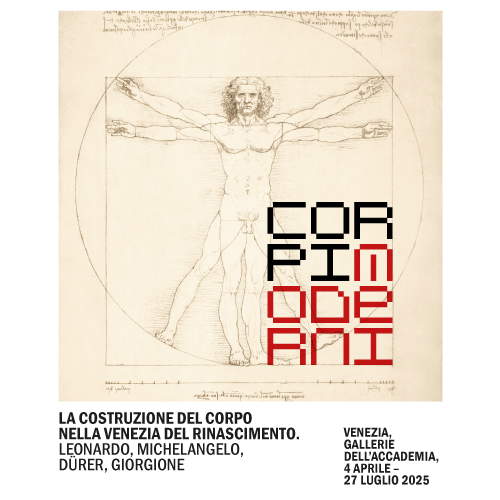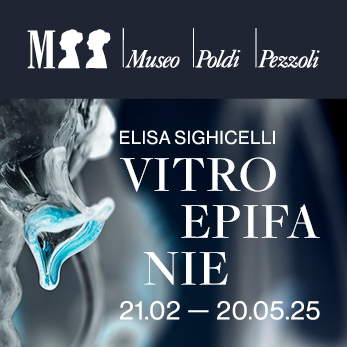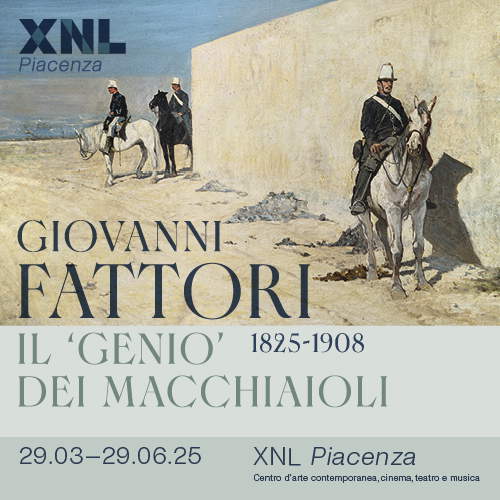Mantua celebrates Mantegna: the Ca' d'Oro's St. Sebastian on display next to the Bridal Chamber
From April 12 to June 15, 2025, Mantua ’s Ducal Palace hosts an exhibition event of rare intensity: the extraordinary opportunity to see two absolute masterpieces by Andrea Mantegna (Isola di Carturo, 1431 - Mantua, 1506) side by side. On the one hand, the famous cycle of the Camera Picta, or the Bridal Chamber, frescoed in the northeast tower of the Castle of Mantua; on the other, the St. Sebastian preserved at the Giorgio Franchetti Gallery at the Ca’ d’Oro in Venice, exceptionally lent to the Virgilian city following the temporary closure of the Venetian museum for structural and plant works. It is a symbolic return, almost a circle that closes: the Saint Sebastian was in fact painted in Mantua in the last years of the painter’s life, and then began a long collecting journey that brought it to be one of the treasures of the Ca’ d’Oro.
Saint Sebastian is one of Mantegna’s most intense and dramatic works. Painted in oil on canvas, the painting is documented as early as 1506 among the possessions left by the painter’s heirs upon his death on September 13 of that year. Soon afterwards it entered the collection of Pietro Bembo in Padua and, later, that of the physician Antonio Scarpa. Its last owner was Baron Giorgio Franchetti, who in 1893 gave it to the public museum he founded in Venice’s Ca’ d’Oro, one of the most fascinating late Gothic buildings overlooking the Grand Canal. In this work, the Christian martyr appears as a figure carved in flesh and soul. The body pierced by arrows is held by ropes that cut into the skin, while the face, with its mouth half-open, conveys a mute, almost suspended grief. The plastic rendering and intense coloring transform the St. Sebastian into a kind of living statue, with a pathos that seems to reflect the personal condition of the painter, now elderly and perhaps tested by intimate affairs. For many art historians, the painting represents a true spiritual testament, the last pictorial word of a master who was able to blend the lessons of antiquity with an all-modern sensibility.
“In conjunction with the start of plant works that will impose, starting in April, a temporary closure of all the museum’s interior rooms, with inevitable movements of many works in the collection,” says Daniele Ferrara, director of the Veneto Regional Museums Directorate, “the absolute masterpiece of Ca’ d’Oro will return, so to speak, to its city of origin, triggering a valuable opportunity for close collaboration between two important Italian museum institutions belonging to the unified National Museum System coordinated by the Ministry of Culture.”
“The exceptional move, aimed at ensuring the widest possible enjoyment of the painting during the ongoing work in the Gallery, will provide an opportunity,” adds Claudia Cremonini, director of the Giorgio Franchetti Gallery, “for a thorough conservative review of the canvas before its final relocation inside the so-called ”Mantegna Chapel,“ scheduled for late summer at the end of the restoration work on the small room.”
“To Daniele Ferrara, Claudia Cremonini and Toto Bergamo Rossi, director of the Venetian Heritage Foundation, which is supporting the entire restoration and renovation project of the Venetian museum,” says Stefano L’Occaso, director of the Doge’s Palace, “goes my sincere gratitude for this stellar loan. The St. Sebastian, which struck the imagination of Gabriele D’Annunzio, Thomas Stearns Eliot, but also José Saramago, will be presented together with the new lighting system of the ”Bridal Chamber,“ which is being built thanks to a sponsorship from Gigi Events Srl. Gigi Events Srl’s sponsorship includes the realization of the lighting design by Francesco Murano and Yin Jiaqi, the installation design by Luisa Quintiliani and Orsola De Fiori, as well as the supply of the componentsidel lighting system. A solar chamber and a lunar painting will tell us about the peaks of an absolute protagonist of the Renaissance.”
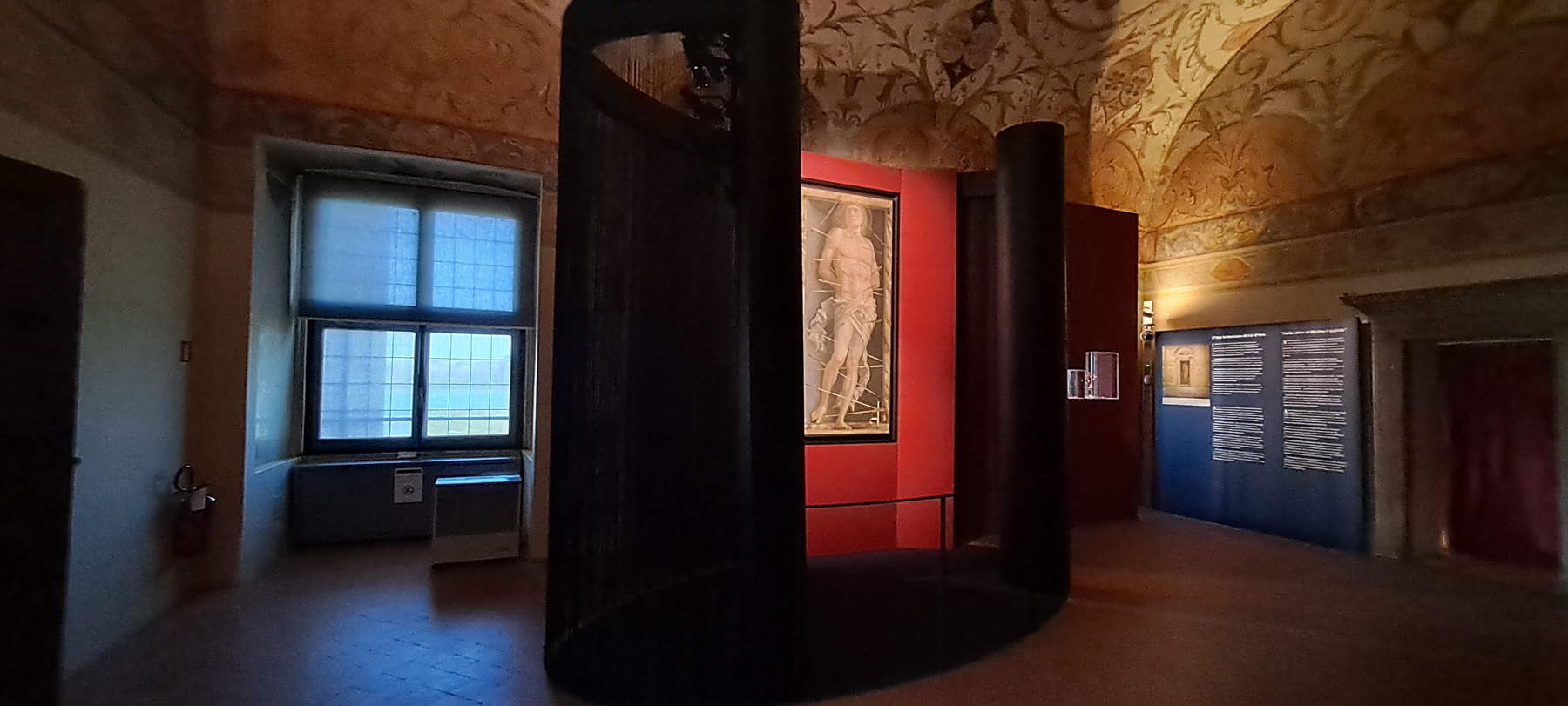
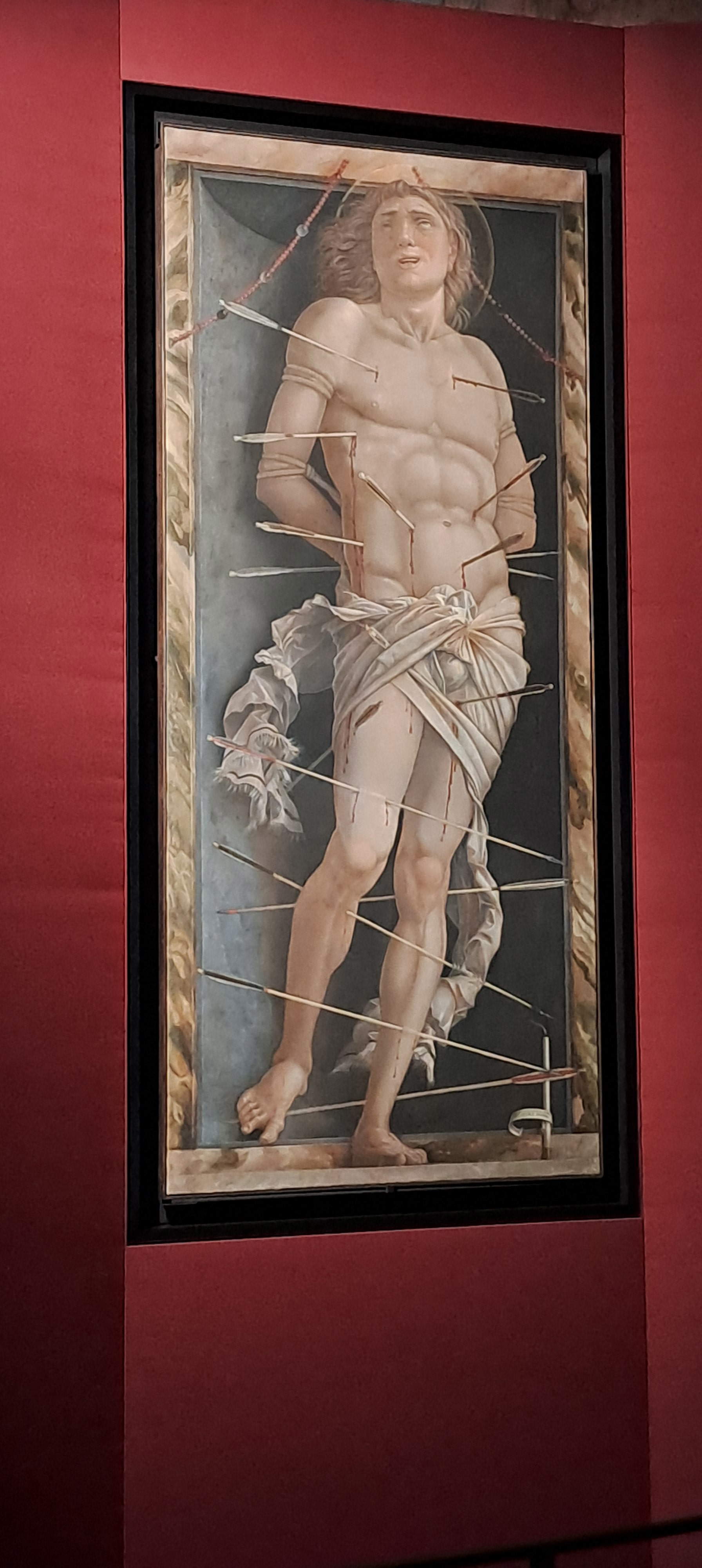
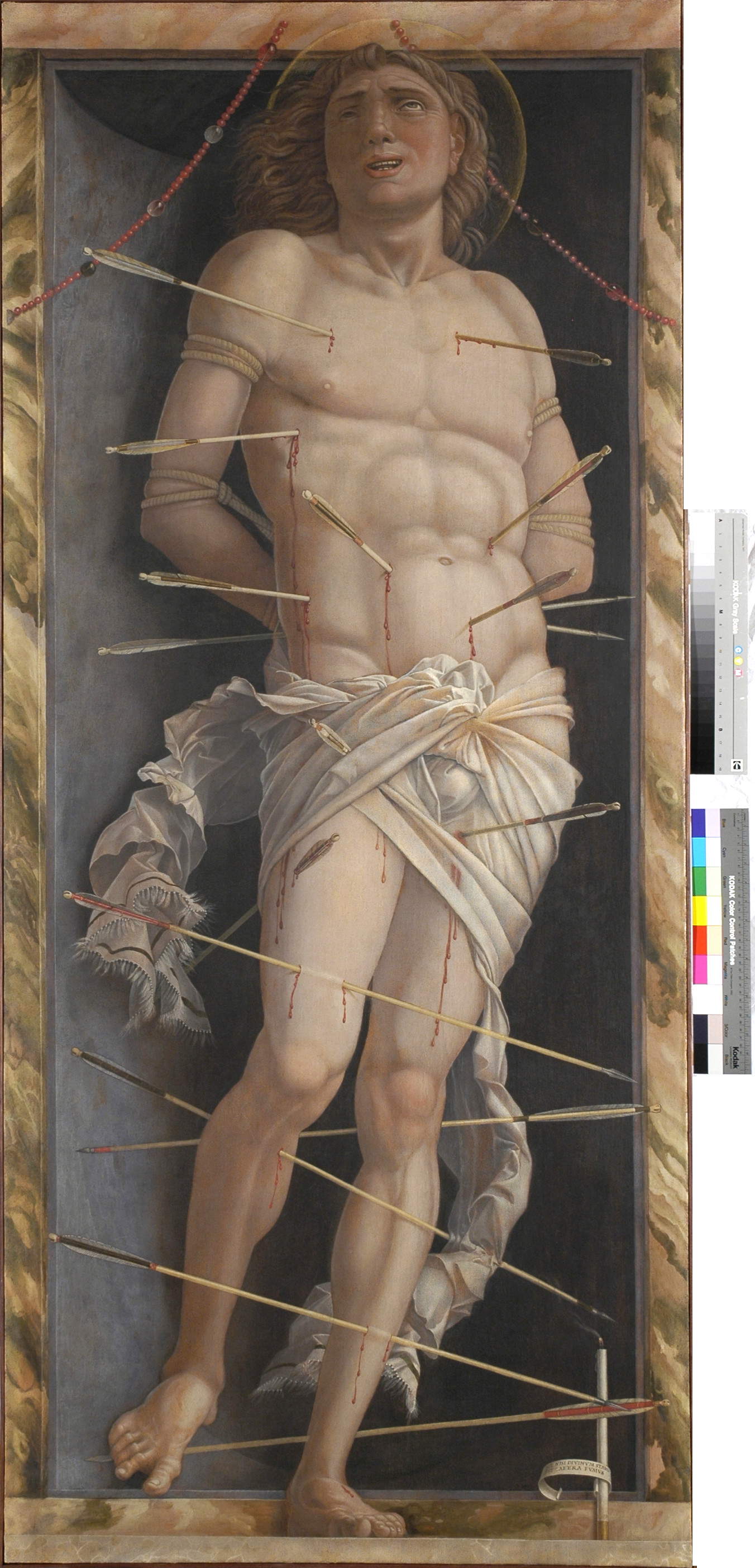
An occasion made possible by the restoration of the Ca’ d’Oro
Next to the late masterpiece, in the evocative setting of the Camera dei Soli, it will be possible to admire the Camera Picta, frescoed between 1465 and 1474. Here, Mantegna celebrates the Gonzaga court with an extraordinary use of perspective, combined with a sense of theatricality and political celebration that fully embodies the Renaissance ideal. The faces, the gestures, the painted architecture: everything is light, rationality, power.
The exhibition is a collaboration between the Palazzo Ducale in Mantua and the Regional Directorate National Museums of Veneto. The exceptional nature of the loan of the Saint Sebastian is due to the need to temporarily close the Ca’ d’Oro for a major restoration and refitting of the Giorgio Franchetti Gallery, a project supported by the Venetian Heritage Foundation. At this juncture, what began as a conservation need is transformed into a cultural opportunity of the highest profile. It is not simply a matter of hosting a painting elsewhere for a few months, but of offering a new key to the work and the artist. The fact that both works were conceived in Mantua adds further symbolic value to the exhibition. Mantegna spent much of his life in the Lombard city, tying his name inextricably to the Gonzaga. The Saint Sebastian therefore returns to the city that saw his birth, next to the masterpiece that enshrined his glory.
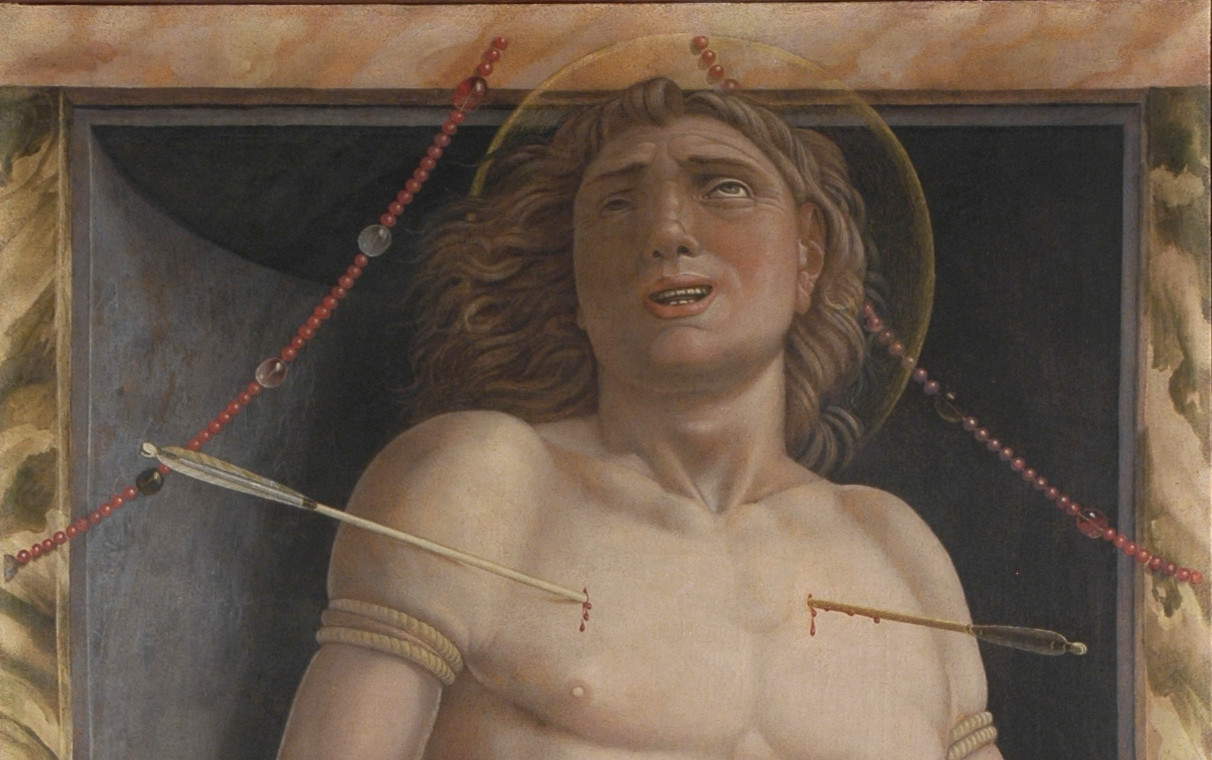 |
| Mantua celebrates Mantegna: the Ca' d'Oro's St. Sebastian on display next to the Bridal Chamber |
Warning: the translation into English of the original Italian article was created using automatic tools. We undertake to review all articles, but we do not guarantee the total absence of inaccuracies in the translation due to the program. You can find the original by clicking on the ITA button. If you find any mistake,please contact us.





